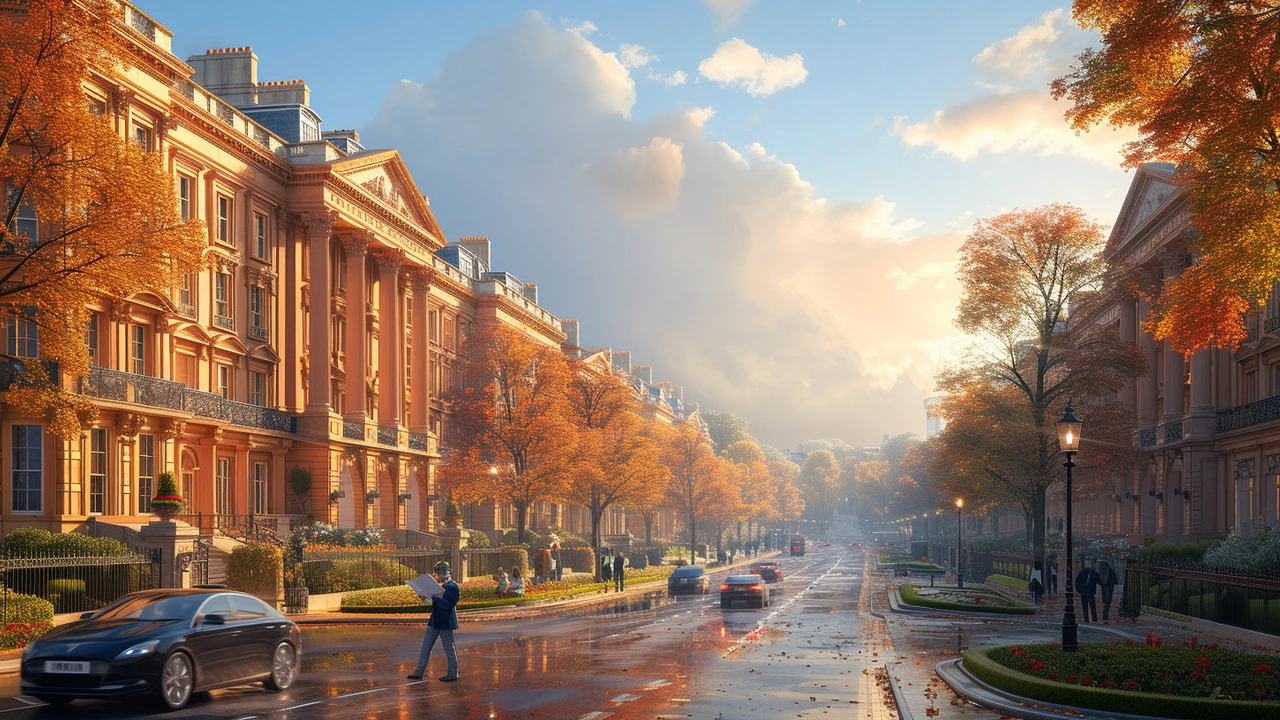Urban Landscaping: Practical Ideas to Make Cities Greener
Want a greener street or balcony that actually works? Urban landscaping isn't just pretty plants. It's about solving heat, flooding, and boring concrete with clear, doable choices you can use this weekend.
Start by picking the right plants. Choose native species—they handle city soil, need less water, and bring bees and birds. Mix trees, shrubs, and groundcovers so you get shade, year-round interest, and roots that hold soil. For balconies and rooftops, go with shallow-rooting perennials and drought-tolerant herbs like lavender, sage, and thyme.
Think water smart. Rain gardens and bioswales capture stormwater and reduce pressure on sewer systems. A simple curb cut that directs runoff into a planted strip makes a big difference after heavy rain. Use permeable pavers for driveways and pathways so water soaks in instead of running off into gutters.
Quick wins for small spaces
Short on space? Layer containers: a tall focal plant, a mid-height flowering pot, and a low trailing groundcover. Vertical planters and modular green walls add green without stealing floor area. Swap lawn for clover or sedum patches to cut mowing time and boost soil life. Add a foldable bench and string lights to turn a tiny spot into a hangout zone.
Use durable materials. Recycled-plastic planters, powder-coated metal frames, and cedar boxes last in city conditions. For paths, crushed stone or narrow pavers reduce heat and cost less than poured concrete. Keep plant colors to one or two dominant tones and add seasonal accents to avoid visual clutter.
Design tips that last
Plan maintenance before planting. Group plants by water need so a single drip line can service them efficiently. Mulch beds to suppress weeds and keep moisture. If you can’t water daily, choose drought-tolerant mixes and install a simple timer for irrigation. Label plants and leave a short care note—people will help if they know what to do.
Pick a few reliable species: street-friendly trees like honey locust or gingko, shrubs like native viburnum or serviceberry, and groundcovers like asters, sedges, or thyme. These choices resist pollution, tolerate pruning, and support pollinators.
Think community. Pocket parks and tree strips thrive when neighbors help pick features and share care. Local businesses can sponsor planters or benches to stretch small budgets. Track simple metrics—shade cover, watering frequency, or reduced puddling—to show local councils the value of your work.
Safety and lighting matter. Low, warm LED lights along paths improve usability and lower crime perception. Keep sightlines clear by pruning lower branches and avoid thorny plants near walkways. Small investments here make spaces feel welcoming day and night.
Urban landscaping doesn't need big budgets or fancy plans. With the right plants, smart water moves, and a simple maintenance plan, you can turn concrete into useful green space that cools streets, supports wildlife, and makes neighborhoods nicer to live in.

Exploring Georgian Architecture's Impact on Urban Landscape Design
Georgian architecture has played a significant role in shaping the urban landscapes of cities around the world. This article delves into the history of Georgian architecture, its defining characteristics and how it has influenced modern urban landscaping. Readers will gain insights into the elegance and functionality of Georgian design elements, and how these have been adapted in contemporary city planning. The article also highlights the importance of preserving Georgian architectural heritage in urban environments.
Read more